An exciting journey from the farm to the cup
2022-01-24
Let’s start our first blog post that gives an insight into the background of roasting. My name is Balázs, one of the founders of Roastopus, and among others it’s me who is responsible for the procurement of coffees and roasting (many thanks to Gabi for letting me do this exciting part of the work). In this part I’ll present the journey of the coffee in a simple and clear way, somewhere intentionally in a really plain language.
On a continent far, far away…
As you know in continental Europe there is no culture of coffee plantation, at least in the quality we would gladly present to you. The lots of our supply actually come from Central and South America, and Africa, and it is for sure that these locations are really far away. These long distances are covered on container ships, then the coffees start their inland journey from European ports (storehouses) to our roastery in Kaposvár, Hungary. It is not by chance that I mention this long trip, but we will come back to that later.
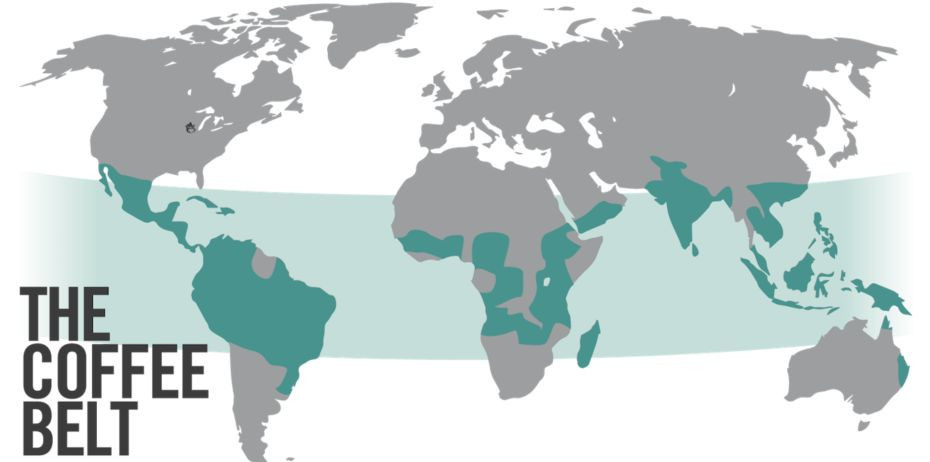
We must talk about it
Here I’d like to mention the people who take an important part in coffee cultivation and processing, because we can generally say that they tend to live under very poor circumstances. Coffees we consume as specialties are only a small proportion of the world’s coffee production, however these are the lots from the sales of which farmers receive back the most. Of course the price of high quality coffees shows this tendency, but I think that economic exploitation cannot be part of coffee culture.
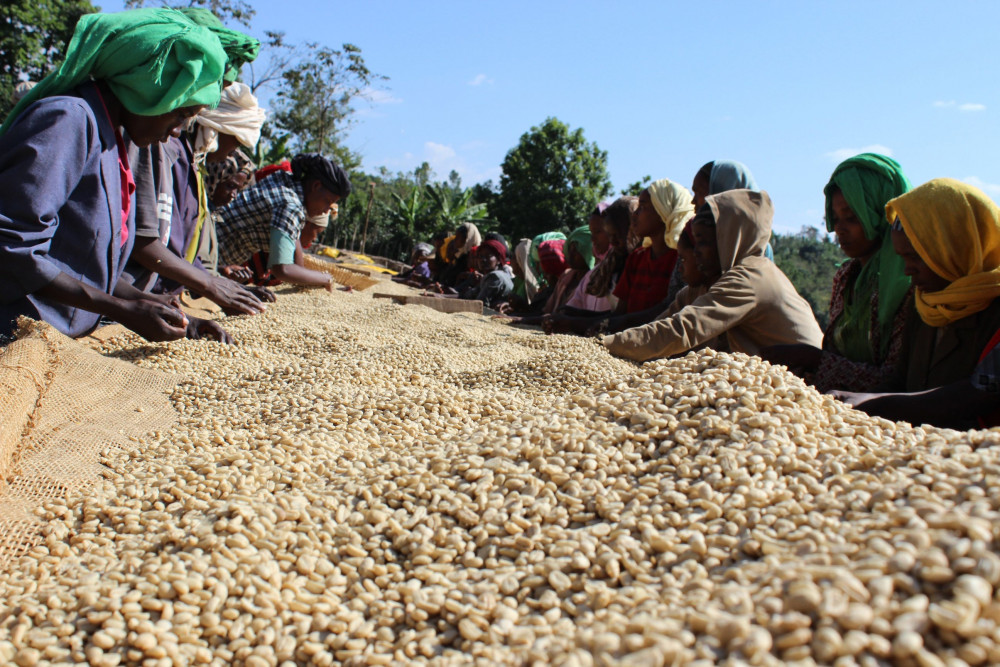
The chosen one
I’m telling you the answer as it is a regular question that why we choose a particular coffee. Why are they better than the others? Of course I don’t give a short answer, namely that they have been the most delicious ones out of the samples I tasted, though this is what really matters.
After each and every harvest it takes months until a coffee arrives at our roastery, but the best lots will have been sold by that time. It is reasonably fair to ask: it is serious that we really have to fight for a shipment? There are some coffees you can hardly get as their outstanding quality and flavour notes are very prominent. If we are lucky enough we can receive some coffee samples before they start their journey, so we are also among those who successfully booked before the coffee could have left its place of origin. Of course, it has also happened that we couldn’t get a lot, and to tell the truth it is a bad feeling. In such hard times I comfort myself with making some coffee, then I jump into discovering new coffees again.
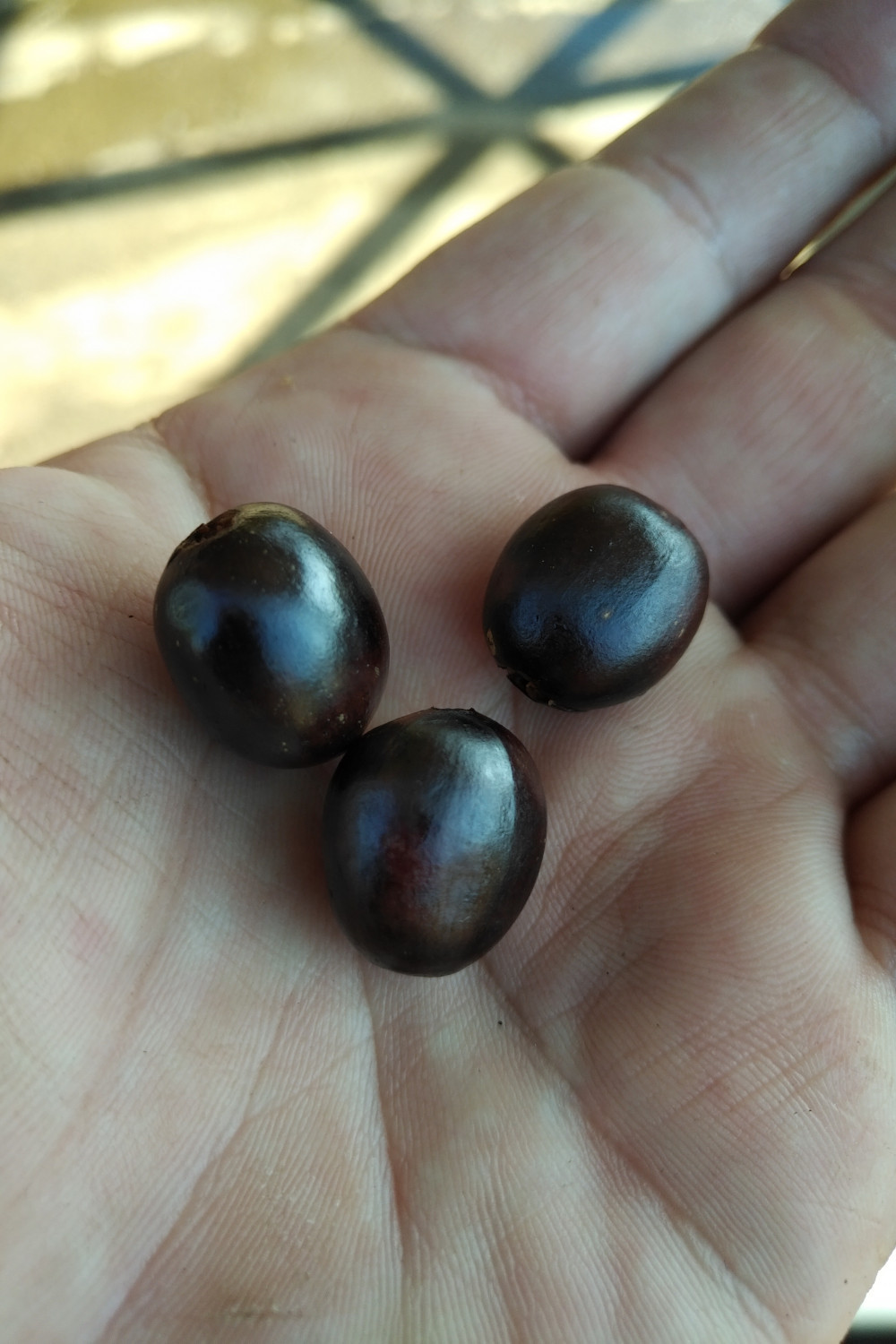
Always different
Green coffee samples are continuously arriving and we keep on fighting just like on stock exchange to gain the coolest stocks. But does everyone do the same thing? Can’t we ask for roasted samples? Isn’t is easier to book on the basis of the seller’s description? What was really good last year won’t be appropriate in this season? Just to mention some questions of the most frequent ones.
Here come the answers. No, not everybody does the same, but I think that the task of a roaster does not start and finish when he fills the roasting machine with green coffee, roasts and then sells it. Our task is to filter the supply and present the best ones for you, dear coffee fans!
We can ask for roasted samples, too, but in this case we would miss many useful information. As green we can measure its moisture content that is preferably between 8-12%. If it differs there is some trick in the story, it is not worth risking (of course, there can be exceptions, e.g. with caffeine-free coffees). During visual inspection we can find out the proportion of insect-damaged beans, the percentage of fragmentary, the possibility of any unfavourable effects that may have a negative effect on flavour (poor coffees might suffer from seasickness on the long journey…). Not to mention that if it us who do the sample roasting we’ll know that every coffee starts with the same conditions, and this whole process gives us many beneficial information. We have a special tool for this, an Ikawa Professional developed for this purpose. It is a real treasure when 20-30 samples per day are waiting for roasting.
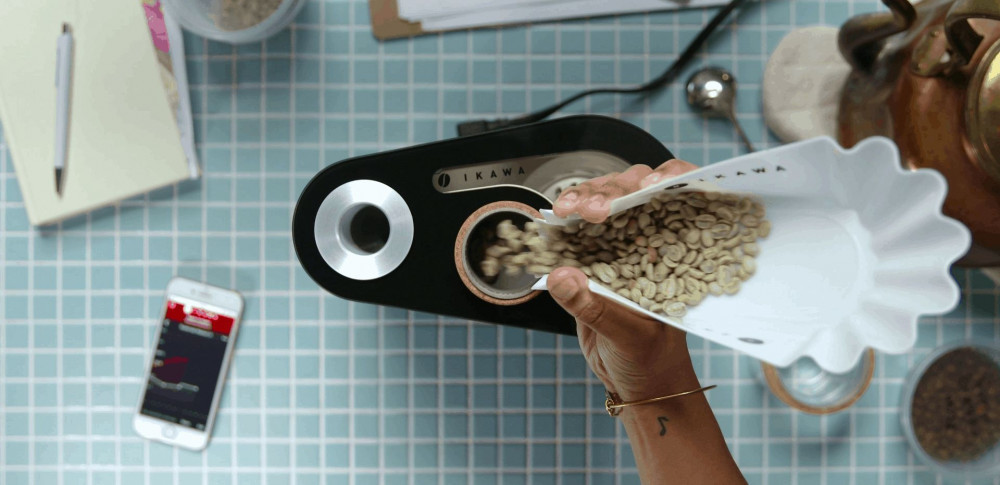
Descriptions of dealers are usually not too telling, and many times, unfortunately, these are not in parallel with reality, or at least do not say too much about the coffee and its quality. It is for sure that they will never say that an Ethiopian coffee has woody flavour notes, or if a Brazilian lot is just like a handful of potting soil. But it has happened too many times…my favourite onwas a sample very similar to the taste of painkillers (I just didn’t feel the desired impact). It is also true that what was the top coffee last year may not be the same in the current season. I’ll use the same metaphor later, but think about wines. A Villány Blue-Frankish of 2010 could be the wine of the year, but in the next season the weather was not favourable, and even the processing wasn’t successful, and thus the wine is only one of many.
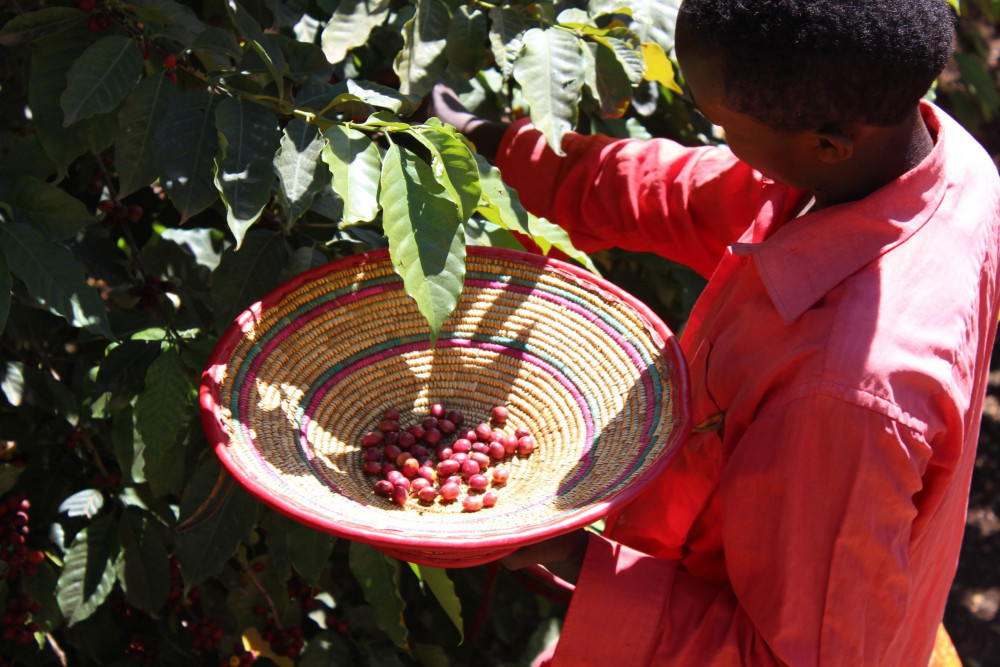
Seasickness
Though I’ve referred to the long journey in connection with another topic, but to conclude I would highlight another aspect. It is a long and adventurous journey enough so that our coffee does not arrive in its best form. It can never happen that the content of a damaged sack lands in your grinder. Therefore, we take samples out of every sack arriving to us, we measure their moisture content, do the process of sample roasting and cupping. In such cases everything has to be right.
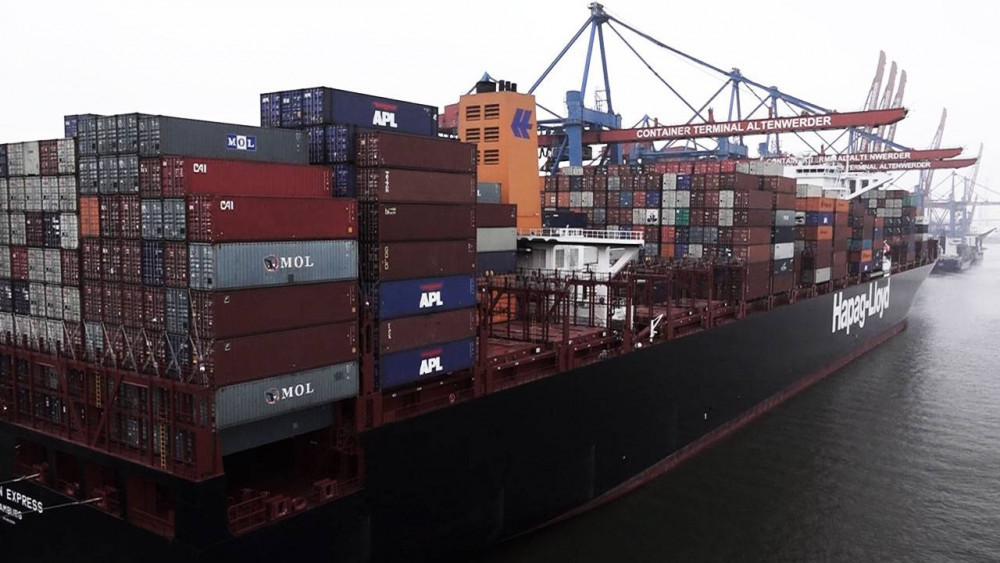
Verdict
To put it plainly, cupping is the safe solution. In order to do this under the same conditions all the time, we use a standardized cupping protocol, and we even set the mineral content of water used for cupping to a permanent value. Then starts sipping and discovering exciting flavour notes.
By the way, flavour notes. Do you exactly know what they mean or in what form can they be found in the coffee? Why do coffees have different tastes? What is cupping? My next post will cover these topics, till then have some good coffees!

